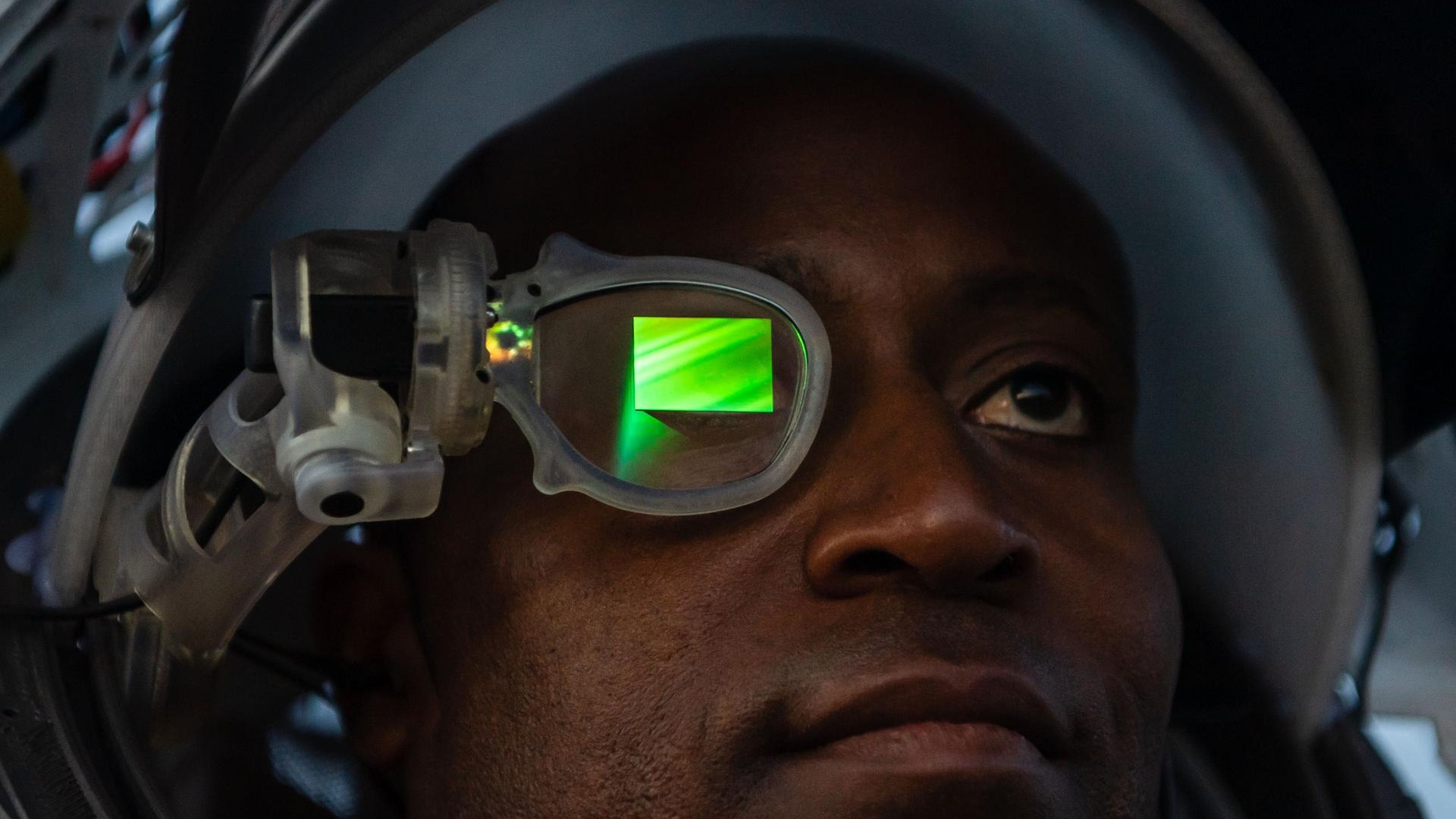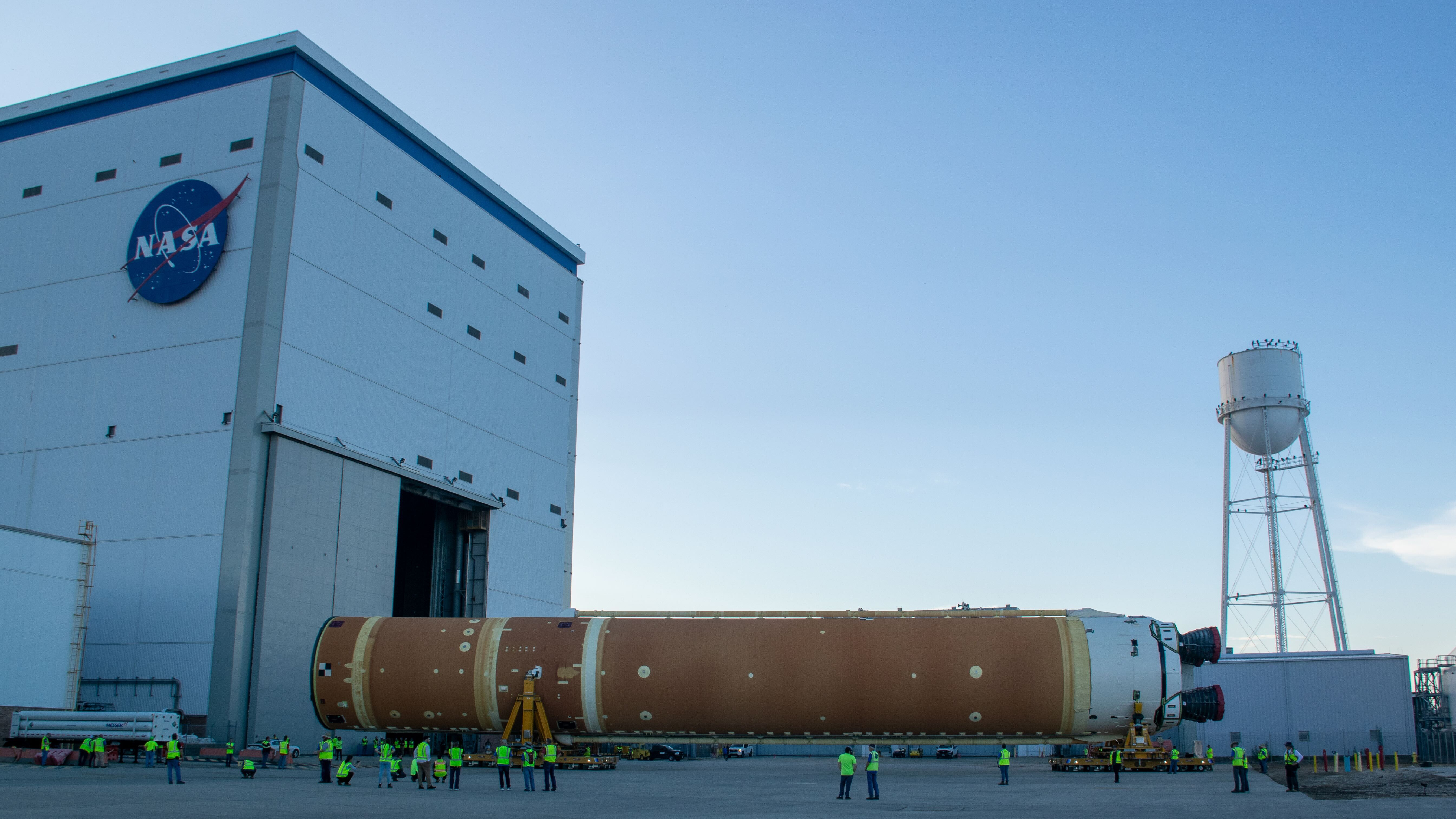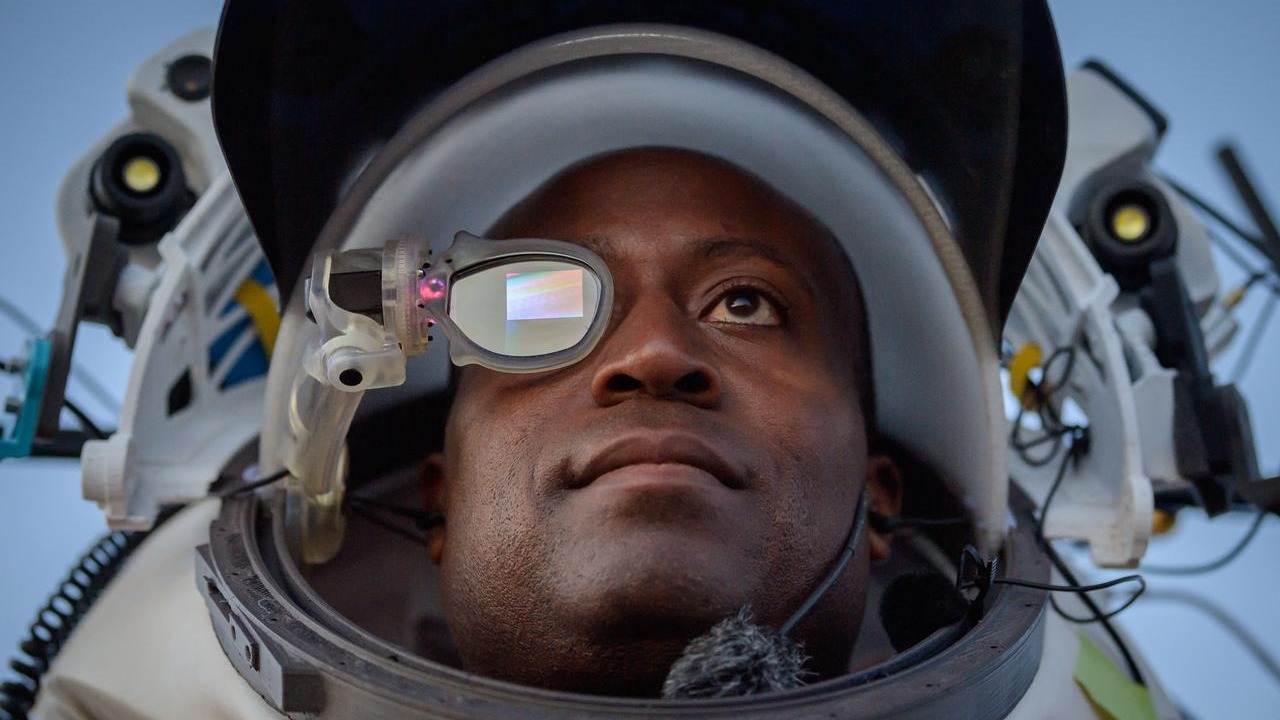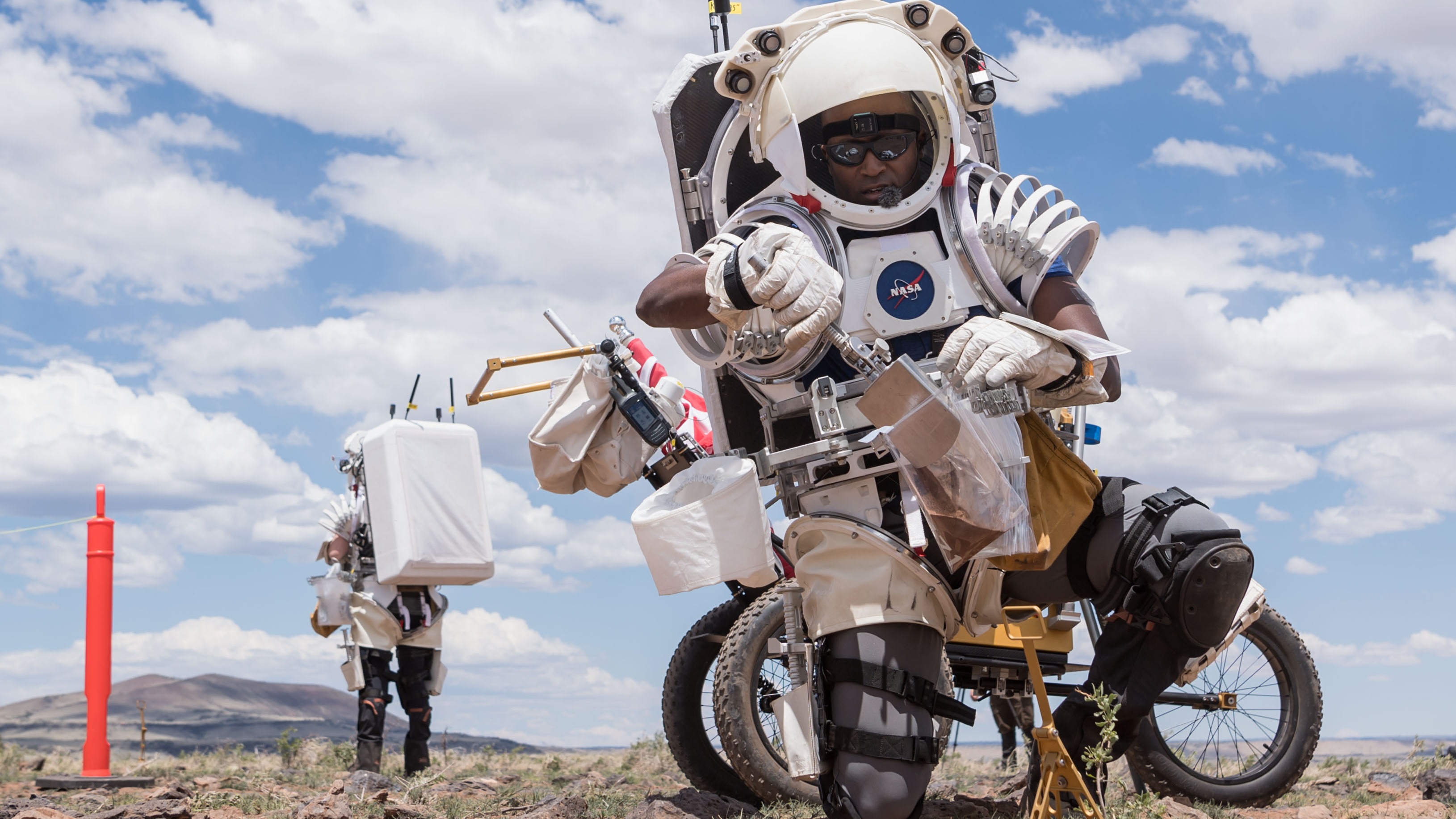'We're pushing the limits:' Artemis 2 backup astronaut on 2025 round-the-moon mission (exclusive)
"We're pushing the limits of what we know, and our talent. It is never, never that simple. So I think things are always being developed."
Artemis 2 is making progress towards its lunar liftoff, but a newly named backup astronaut notes there is "always something new" to learn in developmental missions.
Developmental efforts like Artemis 2, a round-the-moon mission set for September 2025, always put safety before schedules. While this will be the first crewed flight to the moon since Apollo 17 in 1972, backup NASA astronaut Andre Douglas told Space.com that no spaceflight is truly operational — even crewed rotation missions to the International Space Station that happen every few months.
"If you think about the thousands and millions of components in these systems, right, both spacecraft and ground systems, there's a high probability that something's going to change, and that can ripple down and cause any sort of delay or retest," Douglas said.

Pointing to delays that often arise in developmental missions, he added: "We're pushing the limits of what we know, and our talent. It is never, never that simple. So I think things are always being developed."
Artemis 2's prime crew includes NASA commander Reid Wiseman, NASA pilot Victor Glover and NASA mission specialist Christina Koch; Douglas stands by ready to replace any of these people if needed. The fourth crew member, Canadian Space Agency (CSA) astronaut and mission specialist Jeremy Hansen, has a CSA backup with astronaut Jenni Gibbons.
The mission was initially expected to lift off in December 2024, but technical issues forced a delay announced in January this year. A primary concern (although not the only one) is issues with the heat shield identified on the last mission, Artemis 1. NASA's Office of the Inspector General is among the entities who have scrutinized the matter, and the agency's response and recovery remains ongoing.
Get the Space.com Newsletter
Breaking space news, the latest updates on rocket launches, skywatching events and more!
But the heat shield is only one item among thousands that Artemis 2 is tracking, and in recent days meaningful progress was made on other critical items. The completed core stage for the powerful Space Launch System shipped from New Orleans on its way to NASA's Kennedy Space Center (KSC) in Florida, as NASA builds up the rocket there for its first launch with humans.
Related: NASA rolls giant Artemis 2 moon rocket core off the factory floor for astronaut mission (video)

Also at KSC, Orion was just attached to its service module, according to the European Space Agency. Water flow tests for the launch pad were also finished this past week as part of a months-long campaign to ready the area for a powerful liftoff.
"Teams practiced releasing approximately 400,000 gallons of water [1.5 million liters] from large overhead holding tanks onto the mobile launcher and the pad's flame deflector," NASA officials wrote in an update. "The water will provide protection from the extreme heat generated by SLS's exhaust and help suppress the sound produced at liftoff."

Douglas said the challenge with spaceflight generally is that the vehicles are practically unique, meaning that engineers learn something after every spaceflight. Artemis 2 and Boeing's Starliner ongoing astronaut mission to the ISS are especially at the "beginning stages" given these are new spacecraft for humans, he added. (That said, even mature spaceflight systems have their challenges, as SpaceX's Falcon 9 rocket for ISS missions is grounded after a failure during a satellite launch earlier this month.)
Related: SpaceX launches to ISS are under independent NASA review after rare Falcon 9 rocket failure

"I think it's important to understand that space exploration is kind of always at the front edge of humanity," Douglas said. "It's the technology that's always developing [...] let's say you build a vehicle with certain commercial, off-the-shelf components, right? Or even something that's government-furnished. That [technology] is likely going to be obsolete, or it's going to change [during the mission], or something's going to happen with the subcontractor. That's the main theme when it comes down to [missions with] Artemis, Starliner or SpaceX."
Douglas is well-used to early developmental programs in space, given his resume includes serving as senior professional staff member at the Johns Hopkins University Applied Physics Lab (APL). His many missions there included NASA's Double Asteroid Redirection Test (DART), which successfully redirected a moonlet orbiting around an asteroid or space rock in 2022.
At APL, he recalled, he spent five years in the ocean systems group learning how to "build something within four to five months, go out to sea, launch it, monitor it for a few months, bring it back, and then see what you've done wrong or right." He said his experience on that cycle is similar to what is going on with Artemis.
"Being at APL specifically [...] we were not just the person drawing the things that need to be built. We were not just the manufacturers. We took the concepts from the mind, we put it in reality, we operated it, we recovered it, and we built the logistics chain. We did everything for the system. That gives me a unique perspective from all the stakeholders that are involved."
Join our Space Forums to keep talking space on the latest missions, night sky and more! And if you have a news tip, correction or comment, let us know at: community@space.com.

Elizabeth Howell (she/her), Ph.D., was a staff writer in the spaceflight channel between 2022 and 2024 specializing in Canadian space news. She was contributing writer for Space.com for 10 years from 2012 to 2024. Elizabeth's reporting includes multiple exclusives with the White House, leading world coverage about a lost-and-found space tomato on the International Space Station, witnessing five human spaceflight launches on two continents, flying parabolic, working inside a spacesuit, and participating in a simulated Mars mission. Her latest book, "Why Am I Taller?" (ECW Press, 2022) is co-written with astronaut Dave Williams.
-
DrRaviSharma Best wishes for a diverse astronauts team for Artemis.Reply
Minimize Risks and do not compromise on open dissemination of information to keep mission safe-safe and failsafe as we did in Apollo Progra.
Dr. Ravi Sharma, Ph.D.
NASA Apollo Achievement Award 1969









